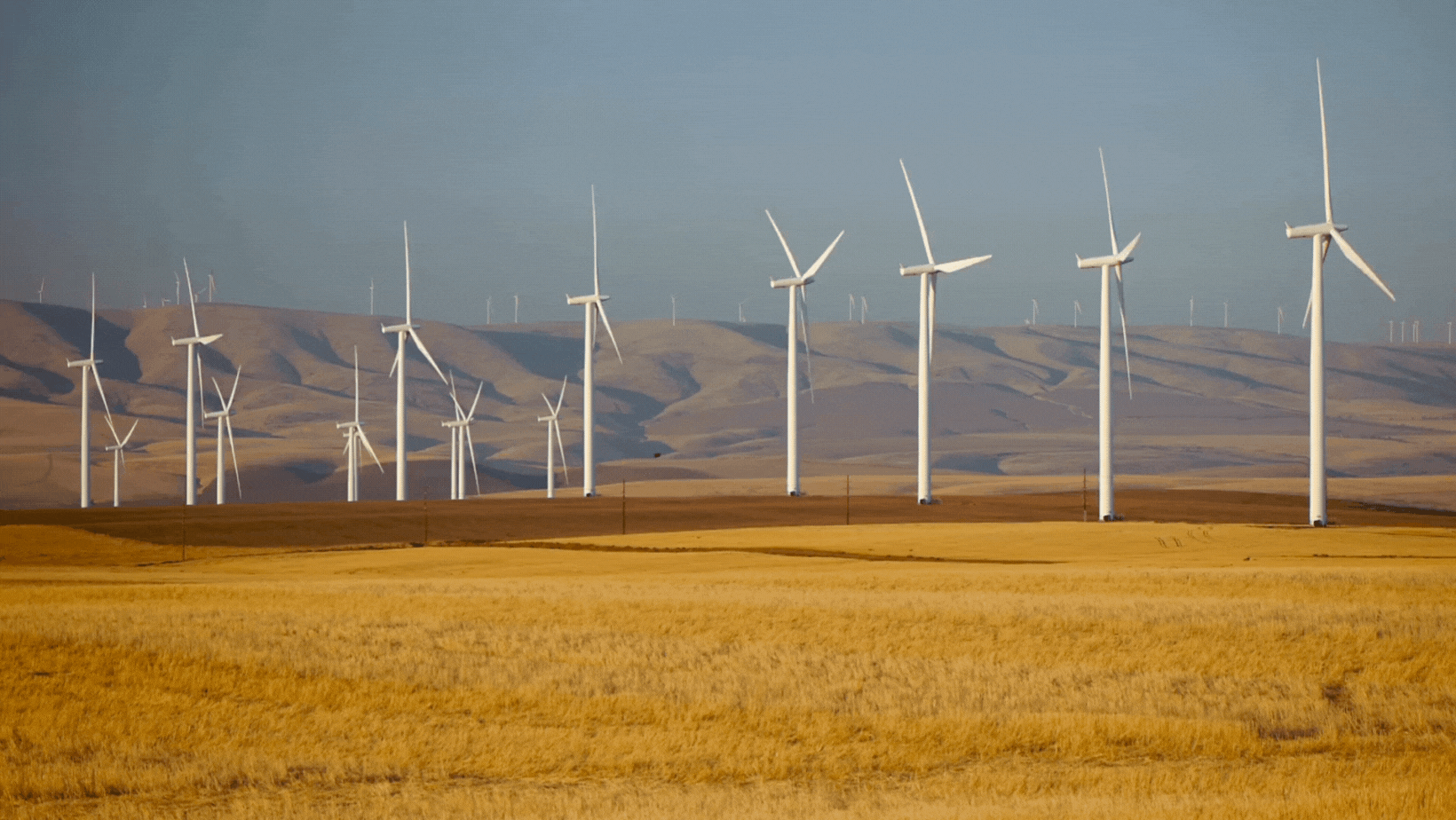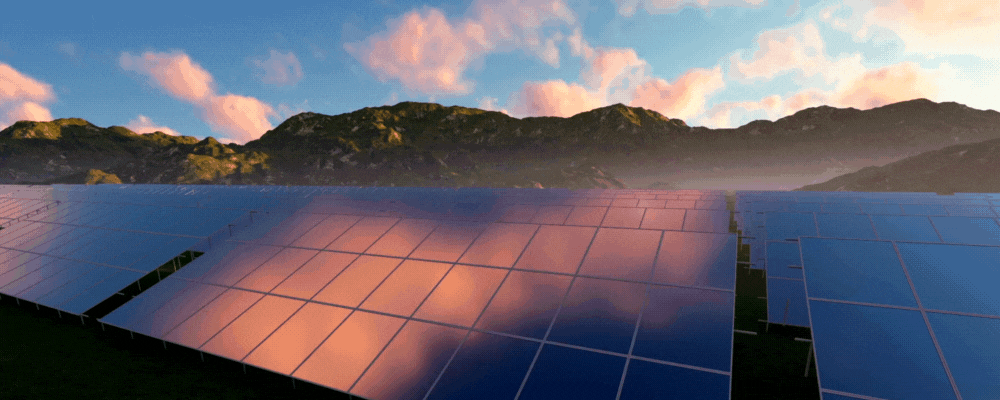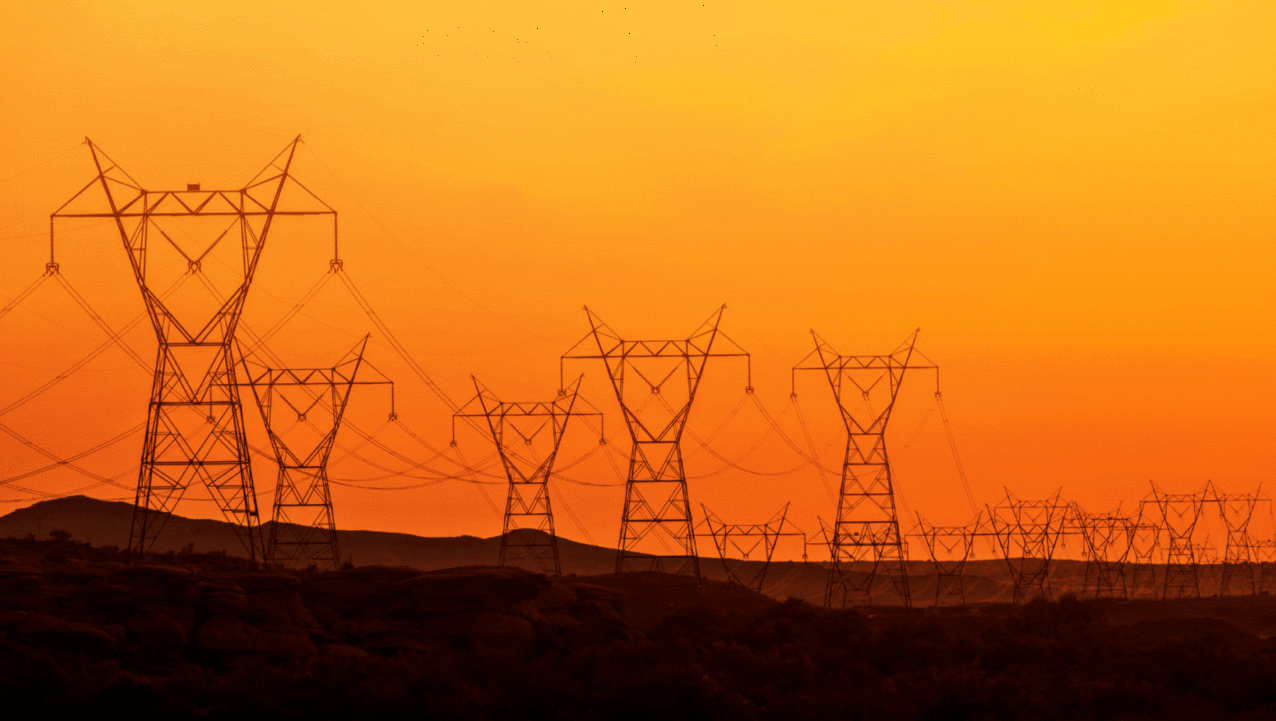October 27, 2023
Many of us rarely pause to think about where our electricity comes from – we flip a switch, and the light floods a room, or we plug in an appliance and turn it on without a second thought. But behind the scenes, getting electricity to our lightbulbs is a complex journey of generation, transmission, and distribution, balancing ever-changing levels of supply and demand. Our power grids are fundamental to the wellbeing and safety of our communities, but they’re far from simple, especially in the West.
Tragically, recent events like the breakdown of the Texas electrical grid in 2021 have shown us the fraying points in the West’s energy grid while also acting as catalyzing events for exploring grid reform. Our energy infrastructure is vulnerable to extreme weather events or wildfires – meaning that our communities are vulnerable, too.
The problem isn’t just about aging hardware or extreme weather. Unlike energy markets in the East, much of the West relies on a patchwork of transmission infrastructure that is owned and/or operated by different utility companies. There are significant barriers between these different “patches” owned by different utilities, which can make it hard to sustain grid reliability or share power in extreme weather stressed times. If one area has too much or too little energy, it’s important to quickly correct that imbalance so that consumers don’t experience blackouts and our energy infrastructure doesn’t suffer damage. But Western grids can’t adjust to those situations very rapidly, and that can affect grid reliability and drive up prices for customers.
The patchwork of the Western grid also affects our transition to clean energy and away from fossil fuels. The sun is usually shining and the wind blowing somewhere in the West, even if not locally. But because of the inefficiencies in the Western grid, it can be hard to move the electricity we generate from clean, renewable sources to the places it’s needed.
At WRA, we believe one of the solutions to the energy puzzle in the West is expansion of regional wholesale electricity markets that are flexible, fair in design, and transparent in operation. The transition to a regional wholesale electricity market may not happen all at once, but we’re in this for the long haul because we believe that we all deserve access to clean, reliable, and affordable energy.

Generating, Transmitting, and Distributing Power
To understand regional wholesale electricity markets, we first need to cover how electricity gets to our lightbulbs. There are three main components on this journey: generation, transmission, and distribution. Generation is the production of electricity, whether from fossil fuels like coal or methane gas, or renewable resources like solar or wind. Transmission is how electricity is transported over long distances, and distribution is how electricity gets delivered to the place it’s used – like your home or place of work.
Generation
Electricity systems are a constantly shifting balance between supply and demand. A big part of a utility’s job is to maintain this balance. When the system isn’t balanced, the grid faces the risk of reliability events, like blackouts, load shedding (planned rolling blackouts), or brownouts of power. The West is increasingly able to generate clean electricity, but a key challenge is ensuring there’s sufficient transmission infrastructure to use that generated electricity across the West.
Transmission
The U.S., along with portions of Canada and Mexico, has three electric grids – the Eastern Interconnection, Western Interconnection, and the Electric Reliability Council of Texas Interconnection. Within the Western Interconnection, our region’s grid, there are Balancing Authorities generally operated by utilities. Balancing Authorities are responsible for ensuring reliability within their footprint, ensuring supply meets demand. In the West, energy suppliers and purchasers typically buy and sell power through individual contracts and comply with their own states’ laws and regulations. This is inefficient and drives up costs. And, the lack of regional planning and market competition can stifle innovation, slow decarbonization, and create reliability risks.
For example, Montana may have extra power to sell to California, but to do so, they must engage in a lengthy process to build these contracts with all the different operators in between, which could include power plants, transmission owners, and more. Meanwhile, while transporting this energy from Montana to California, it can overload and stress other parts of the grid as it passes through.
Often, there is not accessible or transparent data across the various power suppliers to make decisions about transmission policy and development. Utilities do not have sufficient capabilities to monitor the larger grid, and there is currently little ability for corrections such as automatic rerouting of electricity when certain sectors of the grid fail.
Distribution
Finally, the electricity distribution grid delivers electricity to our homes, businesses, and industries from our utility. The distribution grid is made up of the poles, wires, and transformers that deliver electricity from the bulk power system to your individual home or business. This local infrastructure for power, however, is vulnerable. According to the Edison Electric Institute, roughly 90% of all power outages are due to issues at the distribution system level. Climate change increases this vulnerability. Severe weather, wildfires, and heat waves can stress the physical infrastructure and cause blackouts in our communities.

Transforming the West’s Power Grid through Regional Markets
Regional wholesale electricity markets and expanding transmission capacity are two tools to ensure we have reliable power for our everyday, facilitated through a centralized market operator.
Regional wholesale electricity markets, such as Regional Transmission Organizations (RTO), serve as a centralized planner and operator for various power players. In an RTO, all the Balancing Authorities within that geographic footprint get combined into one. This means more information sharing and easier transfers. RTOs can transmit large amounts of electricity from different places across the West as a consolidated operator with automated dispatch of power. The operator acts as a traffic controller, managing the system and adapting to power needs across the region in a quick and efficient manner.
A regional power grid is the most efficient, effective way to meet the increasing demand for reliable, affordable, and clean energy and will significantly reduce carbon emissions in the West.
By creating a centralized entity that controls the flow of energy throughout the Western transmission grid, a regional wholesale electricity market can integrate a broader mix of renewables and provide tangible economic benefits by allowing for the export of renewable power that would otherwise be curtailed or wasted. For example, when a utility in a specific state produces more solar energy than it needs, it can easily be sold to other states’ utilities. Markets dispatch least-cost power first, typically benefiting clean resources, which can decrease emissions and produce cost savings.
A regional wholesale electricity market’s grid operator uses highly sophisticated software, monitors, and computers that allow it to see the way electricity flows across the larger grid. With specific data available, the grid operator can make more efficient use of the existing grid. This not only saves money, but it also avoids unnecessary buildout of new energy resources, thereby also avoiding associated potential impacts on recreation areas, habitat, endangered species, and iconic landscapes. If a transmission line is down, the software can quickly and automatically reroute energy and reduce the risk of blackouts.
A well-designed regional wholesale electricity market creates transparent, independent, and fair oversight between all operators with defined rules and operations. This should include accessible and robust greenhouse gas emissions reporting. There should also be easily accessible stakeholder participation in market decision-making processes.
All of these add up to significant benefits for everyday consumers.
State legislatures across the West are beginning to recognize the benefits of utilities participating in regional energy markets. In 2019 Colorado passed the Transmission Coordination Act, which directs the state to investigate potential advantages and disadvantages of joining a regional energy market. Then, in 2021, Colorado passed Senate Bill 21-72, which directs non-municipal electric utilities to join organized wholesale electricity markets by 2030, unless certain exceptions are met. WRA is currently working on the implementing rulemaking to determine market entry rules.
Similarly, in 2021, the Nevada state legislature passed Senate Bill 448, which directs transmission providers within the state to join a RTO by 2030, with certain exceptions. The legislation also establishes a Regional Transmission Coordination Task Force to advise the legislature and the Governor on a variety of issues related to transmission expansion and RTO participation.

What WRA is Doing
WRA is also engaged in the California Independent System Operator (CAISO), Southwest Power Pool, and other regional energy market expansion initiatives to advance well-functioning wholesale electricity markets that deliver benefits to the West.
WRA is also working with state policymakers, electric utilities, consumer groups, and clean energy advocates to strengthen and expand regional wholesale electricity markets – and the grid itself – to ensure that the energy we need can move more efficiently across the region. WRA’s top level goal is the creation of one West-wide RTO.
This work will increase the resilience of the grid, save customers money, and ensure more renewable energy is available to communities around the clock.
With the unprecedented challenges from heat waves, wildfires, drought, and other impacts of the changing climate, now more than ever is the time to ensure that our energy systems and grids are flexible, adaptable, and resilient.
A lack of grid resiliency and situational awareness can impact communities at a fundamental level, as demonstrated by days and even weeks of electric outages that risk lives and bring communities to a standstill, like during the winter storms in Texas in 2021, where residents did not have access to heat in the freezing temperatures or the rolling blackouts during California’s heat wave where access to air conditioning was severely limited. Access to energy is about quality of life and survival. Extreme power issues can be a matter of life or death, not to mention often inequitable access to power.
The existing electric grid must improve and evolve to meet the challenges of the 21st century. At WRA, we’re working to build regional wholesale electricity markets that equitably share and distribute power through transparency and a flexible grid that can adapt and thrive in the face of our changing climate.


